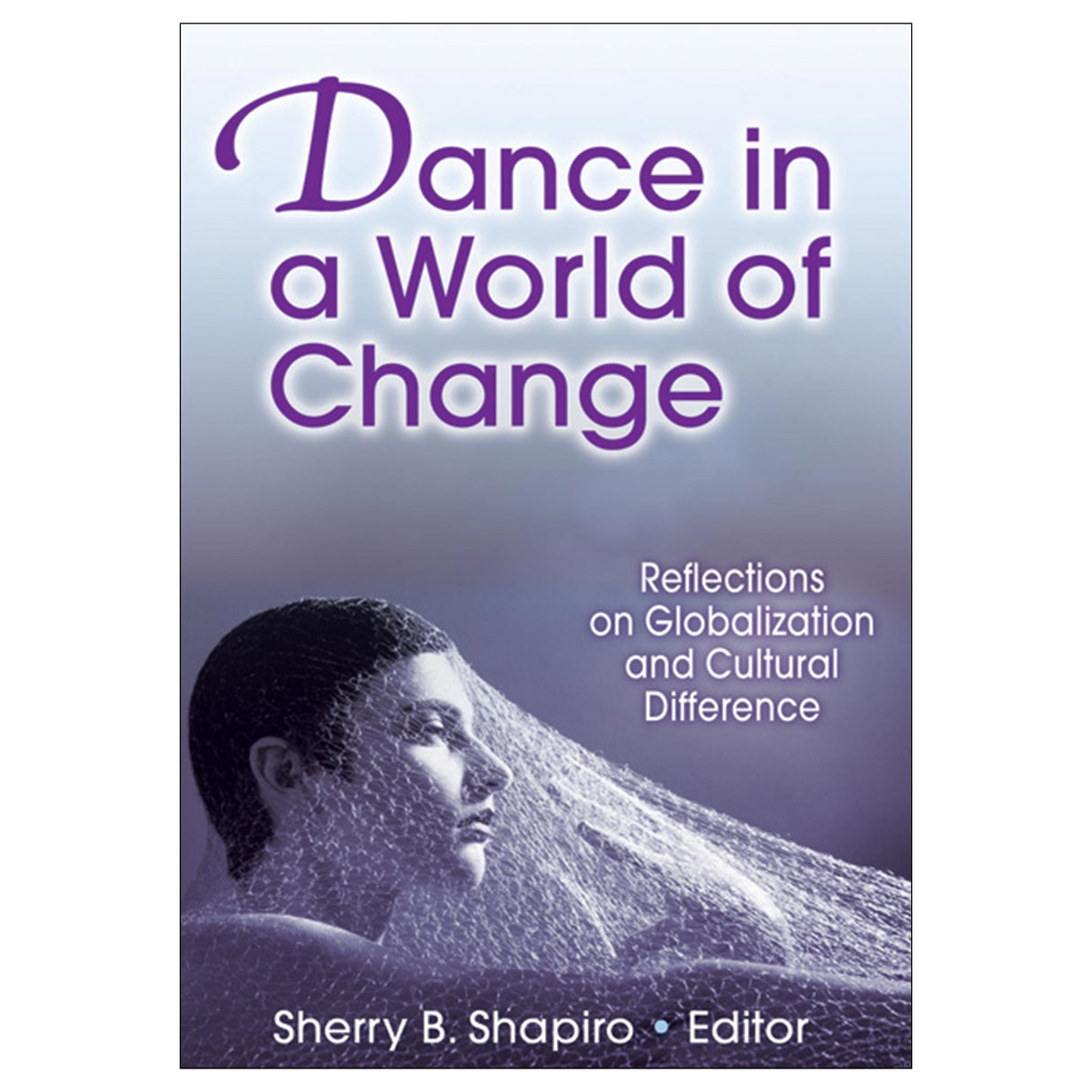Dance in a World of Change
Reflections on Globalization and Cultural Difference
Author: Sherry Shapiro
$54.95 CAD
Dance in a World of Change: Reflections on Globalization and Cultural Difference will help you
-understand how dance instruction is affected by globalization;
-discover the ways in which the discourse and curriculum of dance connect it to the critical, political, moral, and aesthetic dimensions of contemporary society; and
-learn from the rich and generative set of experiences of international dance educators, choreographers, critics, and scholars.
Dance in a World of Change: Reflections on Globalization and Cultural Difference presents a range of international perspectives on dance pedagogy, the body, performance, and dance and culture. The text expands the discourse of dance that connects it to the critical, political, moral, and aesthetic dimensions of contemporary society, and it explores how globalization is influencing and shaping the future of dance.
The contributing writers hail from around the world: South Africa, Brazil, Croatia, Ireland, Canada, Taiwan, New Zealand, the United Kingdom, Holland, Jamaica, and the United States. They bring their distinguished records as dance educators, choreographers, critics, and scholars to this book as they address
-a form of human empowerment or cultural resistance;
-a means of recognizing diverse cultural experience and communicating common humanity;
-an expression of social conflict, injustice, violence, and marginalization; and
-an educational process that transcends the particular and encompasses commonality.
As growing connections between diverse communities transform our sensibilities, people's assumptions about what is good and bad, beautiful and ugly, or rational and irrational are often challenged. The changes that result can produce new and sometimes startling forms of art, create new identities formed from disparate histories and experiences, and help people rethink how they came to value one dance form over another. As new forms of dance expression are created, dance educators are using these changes to illustrate to their students what they might mean.
For example, cultural borrowing in dance and pedagogy has evoked questions concerning the meaning of the tradition itself: What is African dance? Is it African dance if it is taught by a non-African? Does it remain a cultural dance if it is performed simply as a dance and no longer as a story of the people? This text helps dance educators celebrate cultural traditions while recognizing the forces and forms that bridge our common experience.
In part I of this book, contributors explore how traditional dance forms are being shaped by the global dance environment and how this environment is influencing new forms of popular dance. Part II takes a look at sexual orientation, racism, and prejudice and challenges the assumptions of what is normative. Multicultural issues as they relate to dance pedagogy are examined in part III, and part IV helps readers to transcend the differences between cultures and embrace the commonalities shared through dance.
Each chapter includes an introduction and ending reflections that provide insight and create a place for dialogue. References, which are grouped by chapter at the end of the book, provide additional information for follow-up.
Dance in a World of Change is a catalyst for new thinking about dance among teachers, choreographers, and scholars in the field. Readers will experience the passion and excitement of the contributing writers, who delineate the connections that help form a global community.
Audience
Audience: Text for dance majors and choreographers; reference for dance educators and dance scholars.
Preface
Acknowledgments
Part I. Dance as Cultural Memory: Challenging Globalization
Chapter 1. Stepping Into Footprints: Tradition and the Globalization of Irish Dance
Michael Seaver
Chapter 2. The Quest for Preserving and Representing National Identity
Ivan?ica Jankovi?
Chapter 3. Dance Inna Dancehall: Dance in Jamaican Dancehall and Its Roots in Traditional Lore and Contemporary Developments
Christopher A. Walker
Part II. Politics of Belonging: Disrupting the Norms
Chapter 4. Writing in the Flesh: Body, Identity, Disability, and Difference
Lï¿œcia Matos
Chapter 5. When Boys Dance: Cultural Resistance and Male Privilege in Dance Education
Doug Risner
Chapter 6. Acts of Love Under a Southern Moon
Lynn Maree
Part III. Conversations on Dance for a Multicultural World
Chapter 7. Common Experience Creates Magnitudes of Meaning
Ann Kipling Brown
Chapter 8. Dialogical Pedagogy, Embodied Knowledge, and Meaningful Learning
Eeva Anttila
Chapter 9. Transferable Theory: Researching Movement Concepts in Different Cultural Contexts
Shu-Ying Liu
Part IV. Transcending Differences: The Commonalities of Dance
Chapter 10. My Body, My Life, and Dance
Adrienne Sansom
Chapter 11. Holds No Memory: A Proposition as a Way to a Proposal About Dance Through Dance
Ana Sï¿œnchez-Colberg with Efva Lilja
Chapter 12. Dance in a World of Change: A Vision for Global Aesthetics and Universal Ethics
Sherry B. Shapiro
References
Index
About the Editor
About the Contributors





